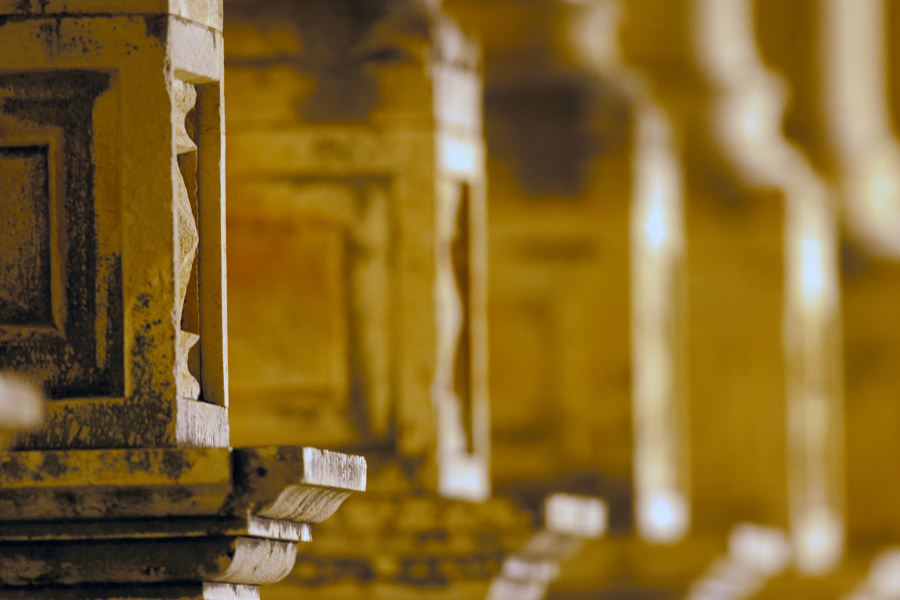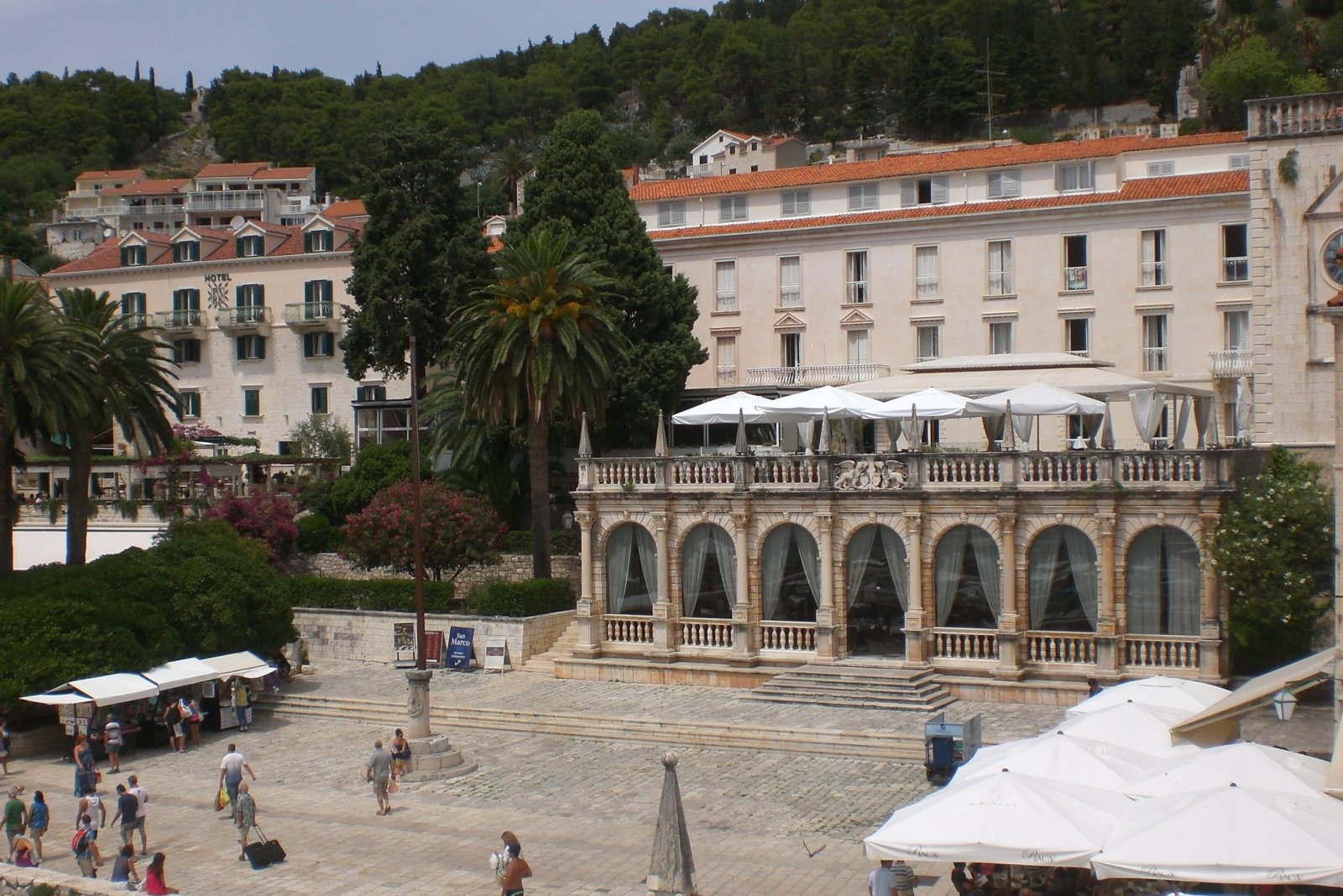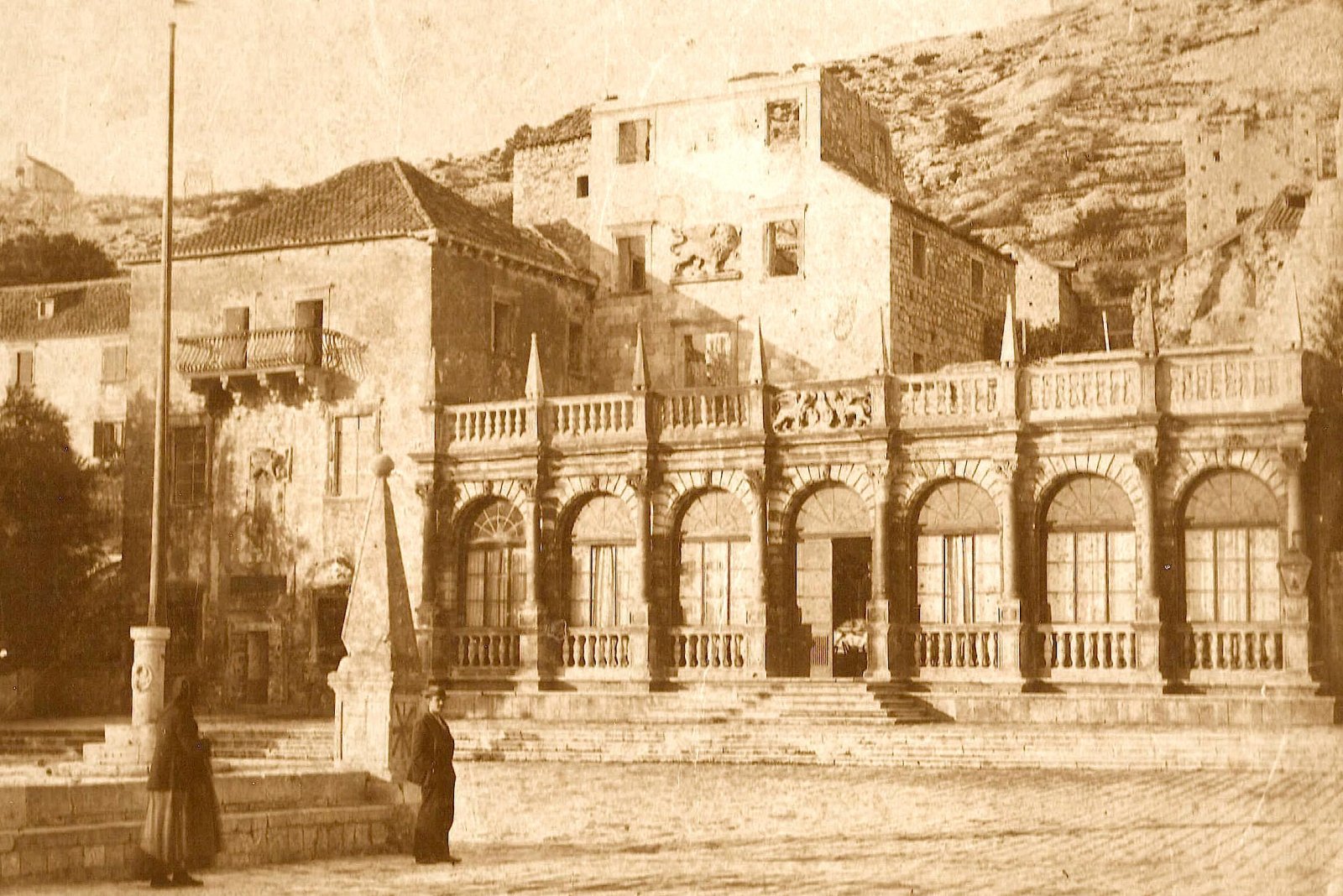The town loggia served as a shelter, a gathering place, a space for trials and conducting other private and public affairs. It was built on this site in the 15th century, and its current appearance is due to Tripun Bokanić, who completed it in the early 17th century. Above the arches are relief portrait heads, which local tradition interprets as portraits of the leaders of the Hvar Rebellion (1510-1514) or depictions of human life course. The two lions on the west wall come from the former Governor's Palace, which also included the loggia. Since the late 19th century, the space has served as a kursalon, a gathering place for the society of the same name.




 Previous
Previous Next
Next
